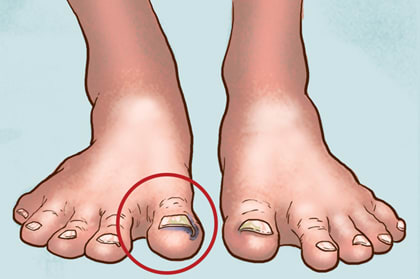GUWAHATI:
Pobitora Wildlife Sanctuary, 50 km from here, has an estimated 102 rhinos, according to the latest population count that concluded on Sunday. In the last census carried out in 2012, the 38.81 sq km sanctuary had 93 rhinos.
Guwahati wildlife divisional forest officer
Pradipta Baruah said out of the 102 rhinos, 28 were adult males and 43 were adult females. The rest were sub-adults and calves. Since 2012, Pobitora has lost six rhinos to poachers and 20 have died of natural causes, Baruah also said.
While there has been an increase of nine rhinos in the latest census, Pobitora is also staring at a possible space crunch. Most of the rhino population density is concentrated in a small area. Out of the 38.81 sq km, only 16 sq km is actually a rhino habitat.
There is also an increasing biotic pressure to the rhino population, primarily from cattle grazing. Rhinos and cattle grazing together has become almost a common sight in Pobitora. Conservationists fear that rhinos are vulnerable to diseases transmitted from cattle.
Forest officials said translocation of rhinos from Pobitora to other rhino habitats is the only solution to reduce the problem of space crunch. Several rhinos have already been shifted from Pobitora to
Manas National Park under the forest department's Indian Rhino Vision 2020 project since 2008.
"Given the rhino population we have now in Pobitora, more pachyderms need to be translocated so that we make more space for rhinos," a senior forest official said.
The rhino population estimate in
Kaziranga National Park, about 250 km from here, will start from Saturday and continue till Monday. With over 2000 pachyderms, Kaziranga, a World Heritage Site, has two-thirds of the world's population of one-horned rhinos. Manas National Park, another World Heritage Site 175 km from here, will start rhino and swamp deer population estimates from the last week of this month, while Orang National Park, 150 km from here, has planned the exercise early next month.






